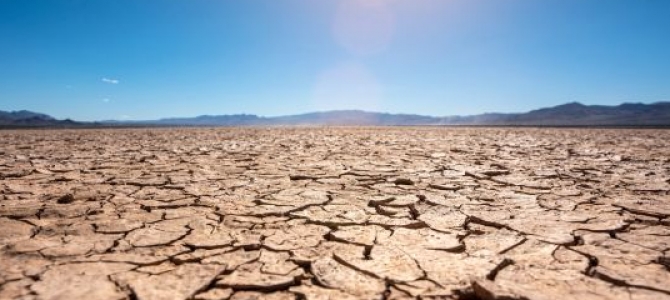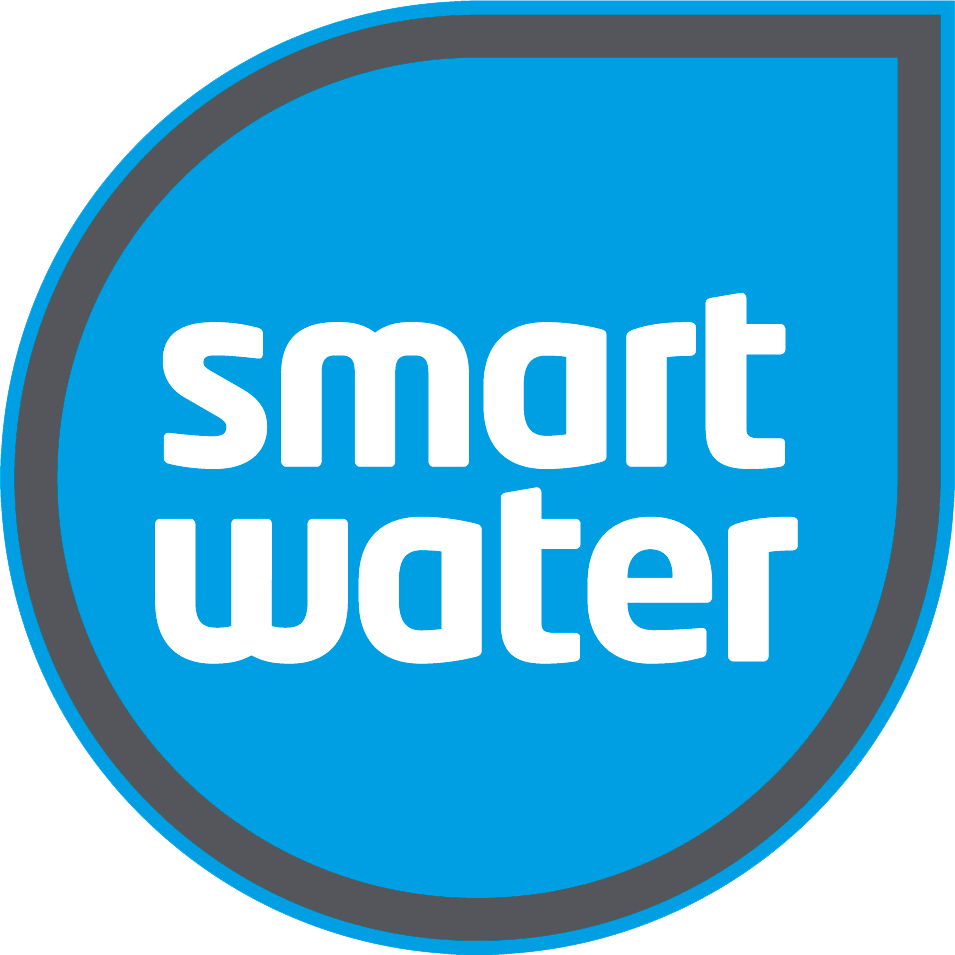 Shopping Cart
Shopping Cart
28 August 2025
Smart Solutions for Tackling Water Scarcity in the US

Water scarcity is a growing challenge in the United States, with over 40 states expecting regular water shortages over the next decade (EPA). As of July 2024, 17.41% of the US population is affected by drought, impacting nearly 60 million people. This post explores causes, impacts, and smart solutions, including the latest tank monitoring innovations from Smart Water, to ensure safe, reliable water in homes, farms, and industries.
Understanding Water Scarcity
What is Water Scarcity?
Water scarcity refers to the shortage of clean, usable water to meet the needs of people, businesses, and ecosystems. The main causes are:
- Climate change: More frequent and severe droughts, storms, and heatwaves.
- Overuse and inefficient practices: Agriculture uses ~80% of US water; inefficient systems waste large quantities each year.
- Ageing infrastructure and pollution: Threats like PFAS contamination affect up to 200 million Americans.
“Efficient use of water can be achieved through smart water management and recycling technologies... strong cooperation, political will and awareness are required at all levels.”
Who's Being Impacted by Water Scarcity?
- Agriculture: Water scarcity poses significant challenges for agriculture, affecting crop yields and livestock. Farmers face reduced water allocations, leading to lower productivity and financial losses. For instance, the drought in California has resulted in a $1 billion loss for farmers due to reduced crop yields. As of July 2024, 77.9 million acres of major crops in the US are experiencing drought conditions, an increase of 18.9% compared to June 2024.
- Businesses: Water-intensive industries such as beverage production and processing are facing higher costs and operational disruptions.
- Homeowners: Facing water restrictions, lifestyle changes, and higher utility bills due to droughts and leaks.
Smart Solutions: What Works?
Technological Solutions
Technological advancements offer effective ways to reduce water usage. Smart irrigation systems use sensors to monitor soil moisture levels and adjust watering schedules accordingly, ensuring optimal water usage. Water recycling systems treat wastewater for reuse in non-potable applications, reducing the demand for fresh water.
Here are actionable approaches supported by data, innovation, and expert validation:
1. Smart Irrigation Systems:
· Sensors monitor soil moisture.
· Automated schedules save up to 50% in water (University of Arizona case).
2. Water Recycling Systems:
· Greywater reuse for landscaping/industry.
· Cities like San Francisco save millions of gallons annually.
3. Tank Level Indicators:
· Prevent overflows and dry spells.
· Eliminate up to 180 gallons/week in household leaks.
4. Community Initiatives:
· Turf removal programs (Las Vegas).
· Rainwater harvesting and community gardens.
5. Government Programs:
· EPA's WaterSense labels for efficient products.
· Financial incentives and regulatory mandates for conservation.
6. Digital Monitoring:
· Real-time alerts and historical analytics with Smart Water technology.
Behavioural Solutions
Changing water usage behaviour is crucial in addressing water scarcity. Encouraging practices such as shorter showers, fixing leaks, and using water-efficient appliances can significantly reduce household water consumption. Public awareness campaigns can educate communities about the importance of water conservation.
How Tank Level Indicators Can Help
Tank level indicators are devices that can be used to monitor the water level in a tank. This can be a residential water tank, a rainwater harvesting tank, or even a swimming pool. By monitoring the water level, we can avoid letting our tanks overflow or run dry.
Overflowing tanks can waste a lot of water. In fact, the average family can waste 180 gallons of water per week from household leaks. That's equivalent to the amount of water needed to wash more than 300 loads of laundry!
On the other hand, running a tank dry can be just as problematic. If a rainwater harvesting tank runs dry, we won't be able to take advantage of this valuable resource. And if a swimming pool runs dry, it can damage the pool liner and other equipment.
Tank level indicators can help us avoid both of these problems. By monitoring the water level, we can take steps to conserve water when our tanks are full and refill them when they are getting low.
Smart Water's Competitive Advantage
Smart Water delivers cutting-edge tank monitoring with solutions for homes, businesses, agriculture, and industry:
- Real-time Monitoring: Live tank levels with Wi-Fi LCD keypads and mobile apps.
- Scalable: Supports large commercial farms with hundreds of tanks.
- Multi-sensor Support: Ultrasonic and pressure-based sensors for precise readings.
- Wireless Pump Controllers: Automation and remote diagnostics for reliability.
- Customisable Alerts: Prevent overflow or tank dry-out before problems occur.
According to a recent article, "Smart Water’s platform allows remote monitoring and control of multi-tank systems in real time, delivering true resilience in drought-prone sectors.”
Technical Terms Glossary
- Tank Level Indicator: Device for monitoring water in tanks (prevents waste and shortages).
- Smart Meter: Digital device for tracking water use minute-by-minute.
- PFAS: Toxic chemicals found in some water sources; subject to EPA regulation.
- Greywater: Reusable non-toilet wastewater for irrigating landscapes.
FAQs
Can Smart Water monitor multiple tanks on a farm?
Yes. Smart Water’s scalable solutions use networked sensors and controllers, ideal for large farms and multiple locations.
What’s required to install and maintain a Smart Water system?
Most users only need basic power and Wi-Fi; maintenance is minimal, and solar options are available.
How does Smart Water compare to traditional tank gauges?
Smart Water delivers remote, real-time data, rapid alerts, analytics, and precision that old-fashioned float or stick gauges can't match.
Case Studies and Success Stories
- University of Arizona Smart Irrigation: 50% reduction in water usage.
- San Francisco Water Recycling: Millions of gallons saved with treated non-potable water.
- Las Vegas Turf Removal: Residents switch from grass to drought-tolerant plants, drastically cutting water demand.
Further Reading & Resources
- US EPA Drought Monitor
- United Nations Water Scarcity Projections
- ERM Future of Water Resilience
- ASCE Engineering News
The Future of Water Scarcity
Predictions on Water Scarcity
Experts predict that water scarcity will worsen due to factors such as population growth, climate change, and increased water demand. By 2050, it is estimated that 1 in 5 developing countries will face water shortages. Addressing water scarcity requires a multi-faceted approach involving technological innovation, policy changes, and community engagement.
Call to Action
Individuals, businesses, and communities must adopt sustainable water practices to combat water scarcity. Simple actions such as fixing leaks, using water-efficient fixtures, and supporting water conservation initiatives can make a significant difference. By working together, we can ensure a sustainable water supply for future generations.
Summary
Water scarcity threatens US homes, farms, and industries and will worsen with climate change and population growth. Innovative, data-driven solutions from Smart Water and other leaders drive efficiency, resilience, and sustainability. Every user can help by adopting proven technologies, informed practices, and community action for a secure water future.
For further reading and resources on water conservation, follow our news section where we post regular updates on water conservation. Share this article with your friends and family to raise awareness and encourage water-saving practices. Together, we can tackle water scarcity and create a more sustainable world.
This post was first published on 19 July 2024 and last updated on 28 August 2025
